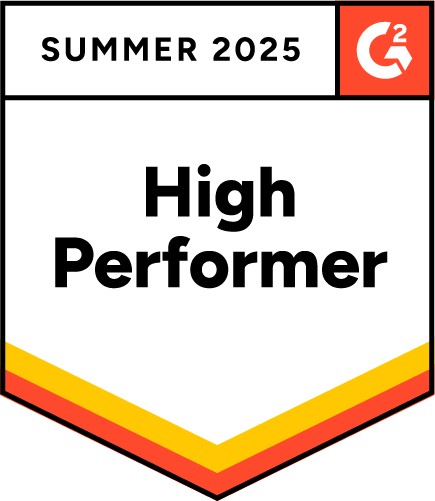Okay, not really, but we can predict when a supplier’s financial health is at risk. We use our predictive analytics, to provide insights into third-party partners, suppliers, and vendors. You can make better risk management decisions when you have an accurate and forward-looking view of a company’s financial health.
At RapidRatings, we believe financial health is the most important key risk indicator to evaluate and monitor. Understanding the financial risk of your supply chain will help you save:
- Time – By identifying disruptions with early warning signals
- Money – A bankruptcy within your supply can be costly
- Reputation – A disruption in your supply chain can cause damage to your brand which is hard to repair.
How about some real-world examples?
Armstrong Flooring Inc.: Was a major leader in flooring design, but was forced to declare bankruptcy in May 2022, citing supply chain challenges, inflation, and COVID-19 as reasons for their financial troubles.
According to our FHR® Report, Armstrong Flooring was deemed to be a “Hight Default Risk” as early as Q1 of 2021. After failing to make significant improvements and filing for bankruptcy in May 2022, Armstrong Flooring was sold to AHF Products.

Revlon Inc.: The multinational beauty company that has been plagued for years by substantial debt, a chaotic supply chain and surging costs, filed for bankruptcy in June 2022. Their disorganized supply chain was their ultimate downfall. Vendors, tired of chasing payments from Revlon, simply stopped shipping necessary ingredients and supplies. Without sufficient inventory, sales fell.
Revlon has been categorized as a “High Default Risk” company since 2019.

Wayfair Inc.: The online home retailer, has been on everyone’s bankruptcy bingo card for a while now. They’ve managed to avoid default a couple of times, most recently in 2020 due to the pandemic. They experienced a significant sales boost as people turned their homes into temporary restaurants, schools, and offices.
Starting in 2018 Wayfair had been categorized as “High Default Risk”. The boost they received in 2020 was enough to push them into the “Low Default Risk” category. Wayfair’s recovery was short lived, and by 2021, they were back to being considered a “High Default Risk”.

How did we see all this?
The FHR Report is a comprehensive and unbiased analysis of a company’s financial health. It provides a current and historical deep dive into the strengths and weaknesses of the global public and private companies that touch your business.
Interested in learning how you can get this level of insight into your own portfolio?
Request a free FHR Report now.








